Why is The Shoulder Girdle The Most Difficult Thing to Draw on the Human Body (part two)
If you’ve read my post called „How to draw the rib cage“, you should be able to draw it in accordance to Hale’s proprtional system. (The system should actually become second nature to you. )
Here’s how the ribe cage drawn that way should look like:
Painters don’t really are wheather the rib cage is drawn from the front or from the back, it’s all the same to them. Let’s consider the above drawn rib cage to be drawn from the back.
As we are about to place the shoulder blades on their proper position on the rib cage three questions need to be considered: 1) what do human shoulder blades actually look like ? 2) what is the size of the shoulder blades in relation to the rib cage? and 3) where are the shoulder blades positioned on the rib cage?
I have posed these questions as a demosntration of the thought process of a trained artist.
The first question was answered in my previous post. We know that the shape of the shoulder blade is a spherical triangle with a spytal spine of the scapula and the glenoid cavity placed underneath it.
This is the shoulder blade from the previous post:
The dimenions of the shoulderr blades are easy to memorize as the sides of the triangle equals a „5-eyed-line“( which is the answer to the second question).
Placing the shoulder blades (question number 3.) is tricky. There is a line which I have mentioned in the post „How to draw the shoulder blades“ which Hale named „the line of the angle of the ribs“. The line determines the location where the ribs change their direction. We have drawn the line on the front of the rib cage ( you can also see it in the scheme above) and it can be prolonged up to the skull or down to the pelvis and in that case it also detrmines the width of the muscles responsible for holding the body in the upright position. This is what a prolonged „line of the angle of the ribs“ would look like:
The shoulder blades lie inside of the two upper cubes of the rib cage. They are palced directly against „the line of the angle of the ribs“. They fill the cubes out completely, because the side of the cubes equal a „5-eyed-line“. The distance between the shoulder baldes also equals „5-eyed-line“. The shoulder blades are actually placed on the outside of the curve of teh rib cage and the beginning of the spine of the scapula stretches outside of the cube where it connects with the clavicle.
This is what the rib cage and the pelvis would look like in the profile (it’s all in the special post dedicated to the rib cage so we won’t explain it further):
The coonection between the clavicle and the spine of the scapula is the only bony connection in the shoulder girdle which makes it extremely movable. The shoulder blade is held in place by a network of tendons and muscles which allow it to glide around the rib cage in all directions.
This is what the shoulder blade and the clavicle look like in profile:

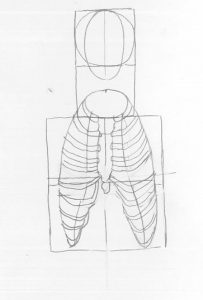
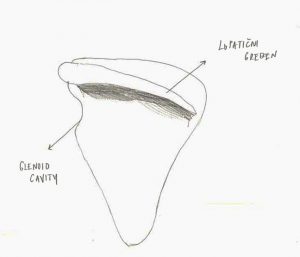
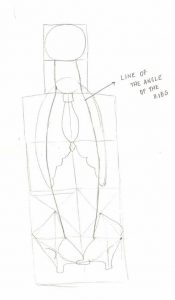
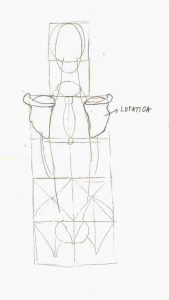
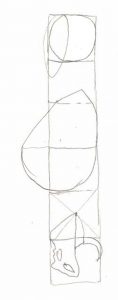
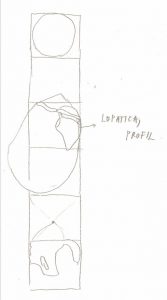
Najnoviji komentari